The convict letters of George Bramwell: Convicted felon, yeoman, farmer, horse dealer and adulterer

Re boxing a series of old legal documents is not my idea of a fun few months. It usually involves simply pulling out the paper clips and pins that damage the old paper and re housing them into crisp white archival folders.
However, whilst re boxing our intestate wills (documents related to people who have died without a will) I discovered three letters written by George Bramwell to his then wife in England.
Still not overly exciting….until I realised George was a convict, and in amongst the polite greetings and formalities he mentions details of his life as a convict. This provides us with a different insight into Van Diemen’s Land than that of the privileged free settler or gentleman farmer.
The letters of a convict…
In the first letter, dated September 18, 1829 George tells his wife that he is on the convict transport ship the Bussorah Merchant, awaiting transportation to New South Wales. It was common for convicts to spend long periods of time on the ships in port, as gaols in England had become crammed to capacity. The ship set sail the next month:

George must have been mistaken in his destination. He arrived in Van Diemen’s Land in January 1830, after sailing for 104 days.
He describes the conditions on board saying he has:
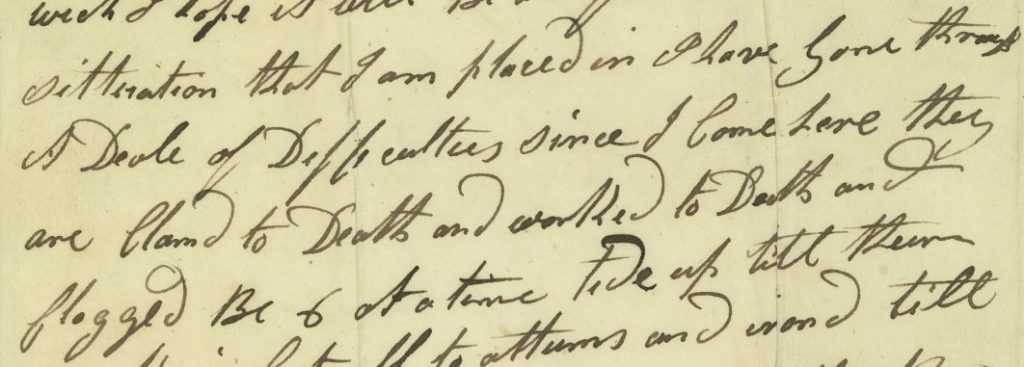
“…situation that I am placed in I have gone through a deal of difficulties since I come here they are chained to death and worked to death and flogged the 6 at a time…”
In the second letter George asked his wife if she and the children were both well. With the arduous journey behind him, he looked to the future, telling her that he planned to speak to the Governor about getting his own land:
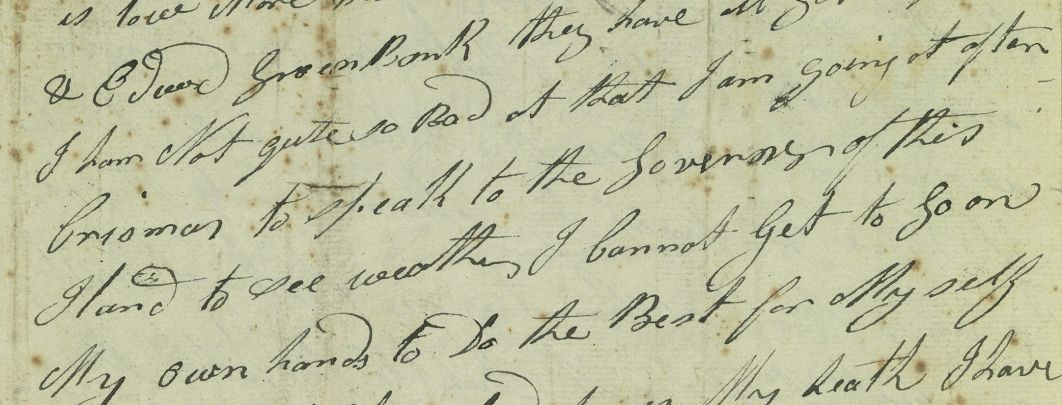
“I am going at after Crismas to speak to the Governors of this land to see weather I cannot get to soon my own hands to do the best for myself…”
From the other documents in the file it appears George went on to lead a successful life in Van Diemens Land. He acquired land, and became a farmer, a horse dealer and yeoman.
A second marriage and a life forged in a new land…
At some point in his life George met Margaret Miller, herself an ex-convict. Perhaps they shared a common history and bond. They married in 1840. George seemed to realise that it was illegal to marry while his wife in England was still alive, so he married Margaret under the name of George Bromwell. By this time they were both 48. He stated his trade on the marriage certificate as ‘general dealer’, and claimed to be a ‘bachelor’.

George died in 1869 aged 79, a respectable age for a man who had lived such an eventful life. Chance, circumstance and luck allow us to read his heartfelt letters, written a century ago to a loved one in another land.

See the full letters below:
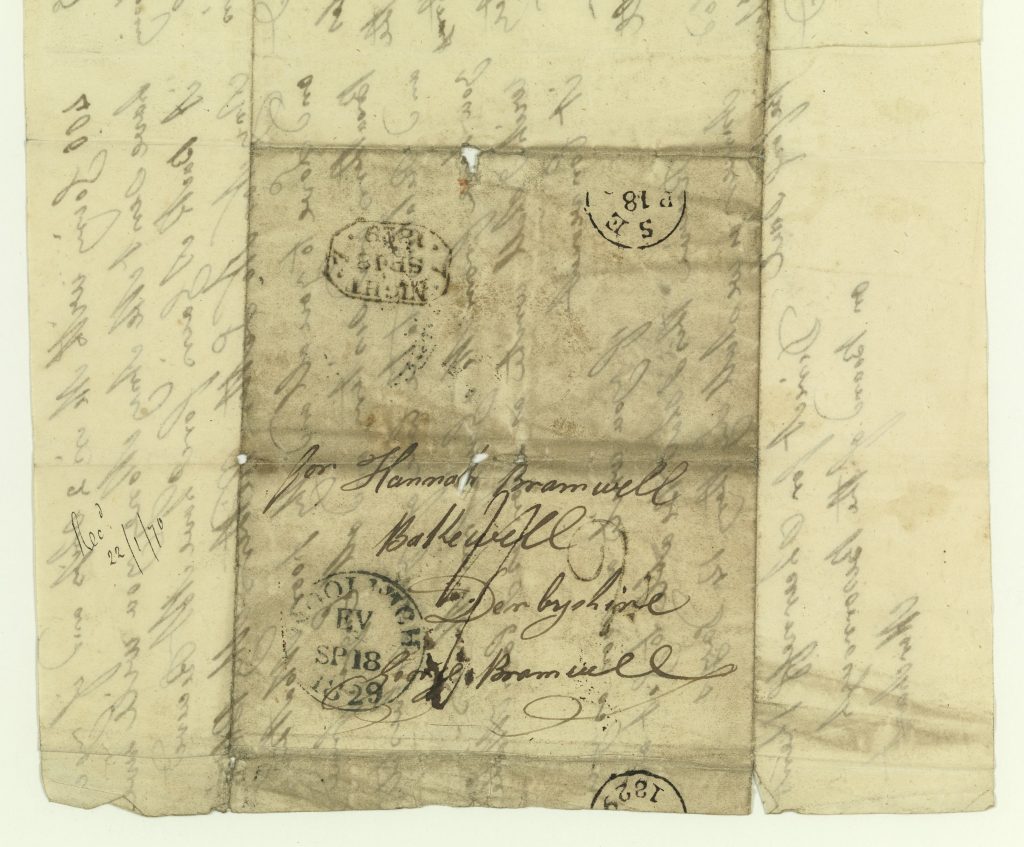
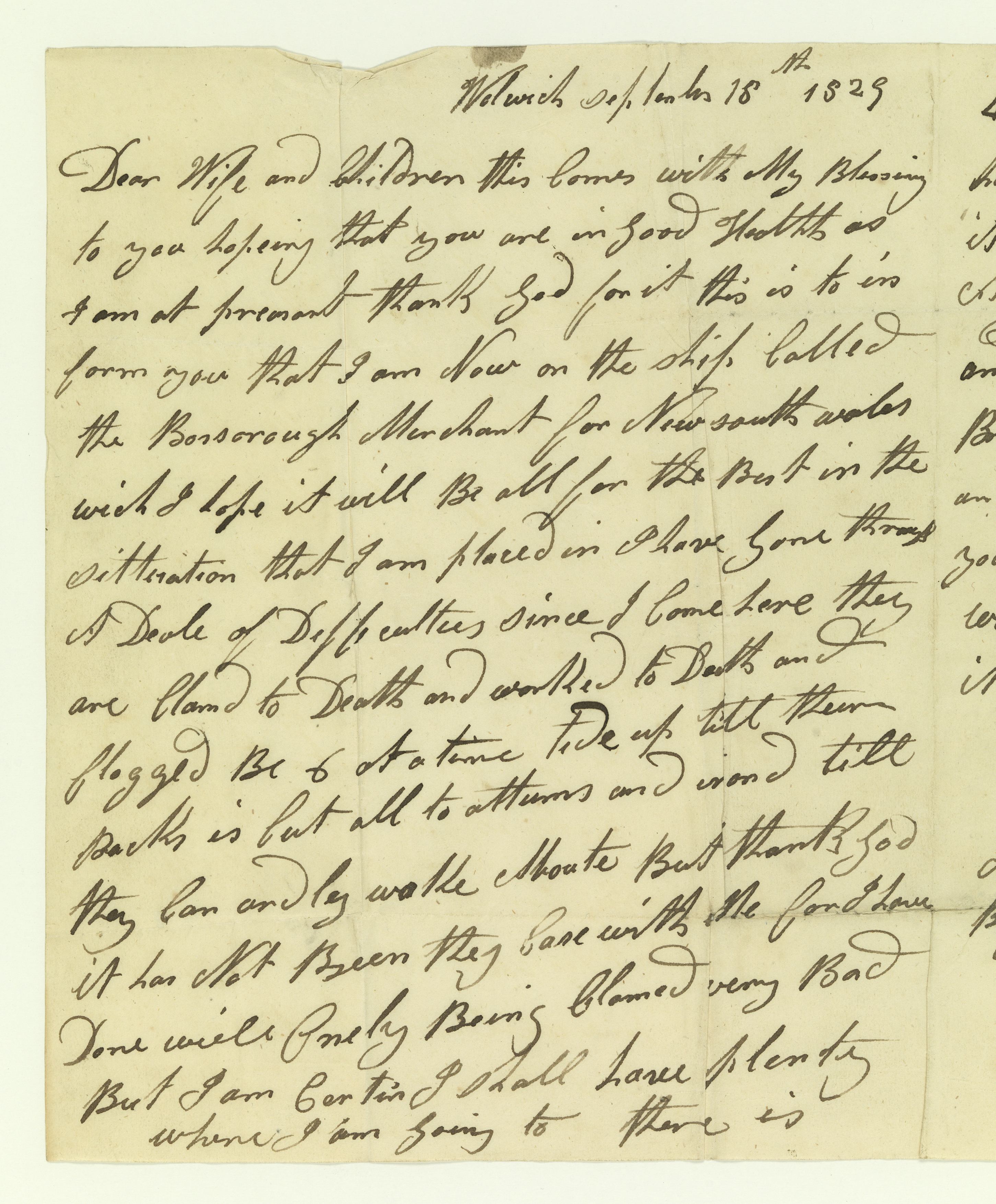

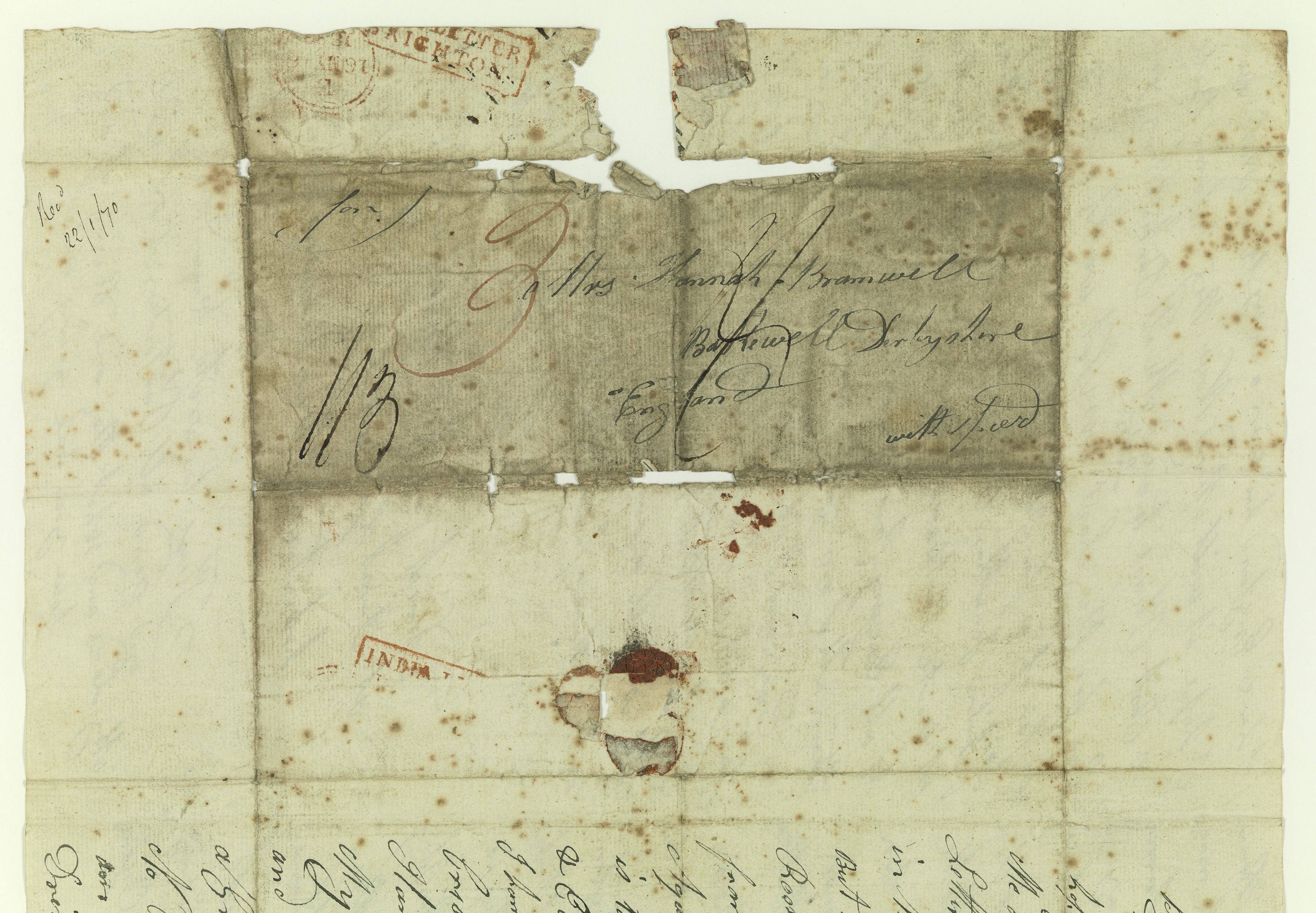
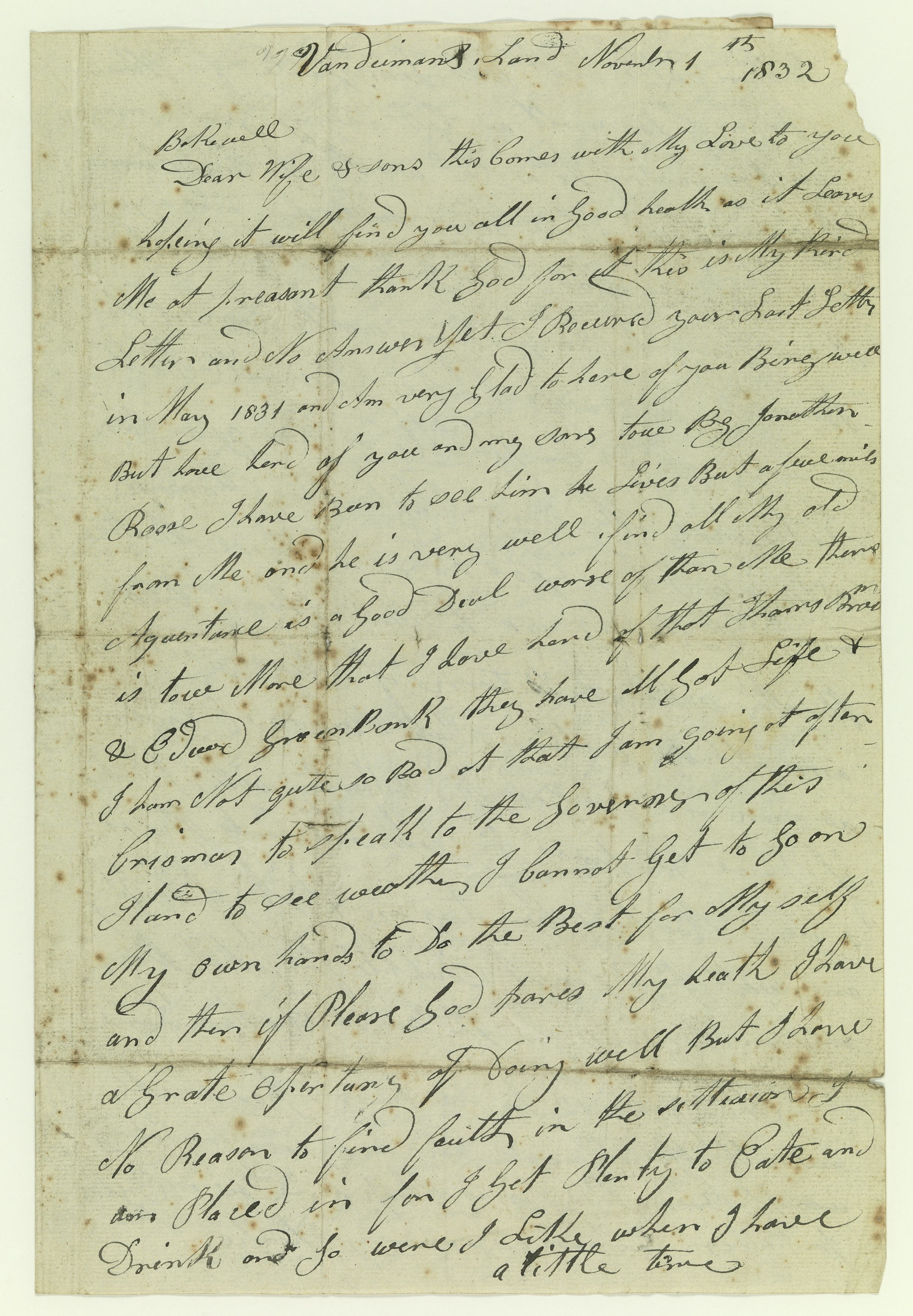
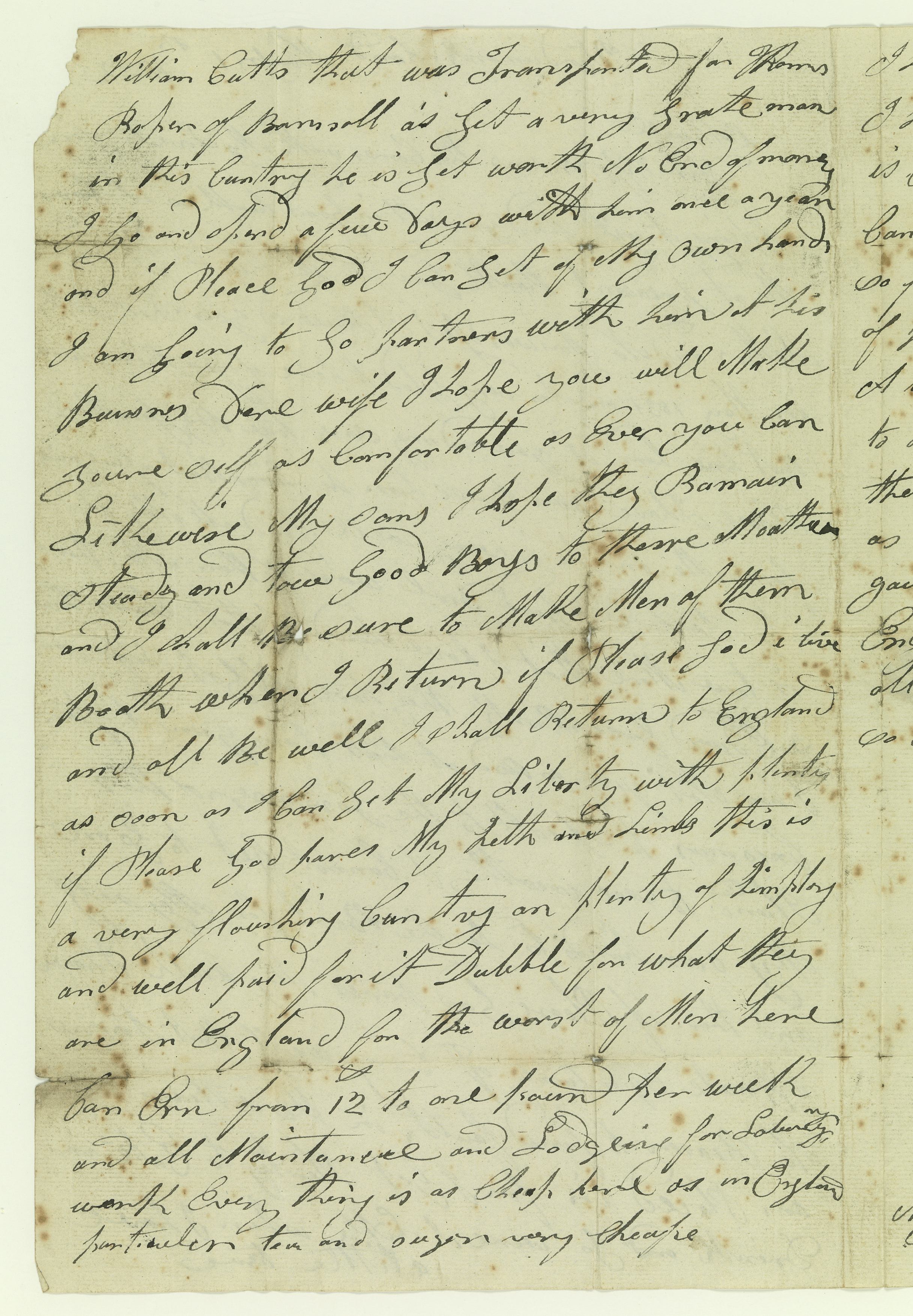
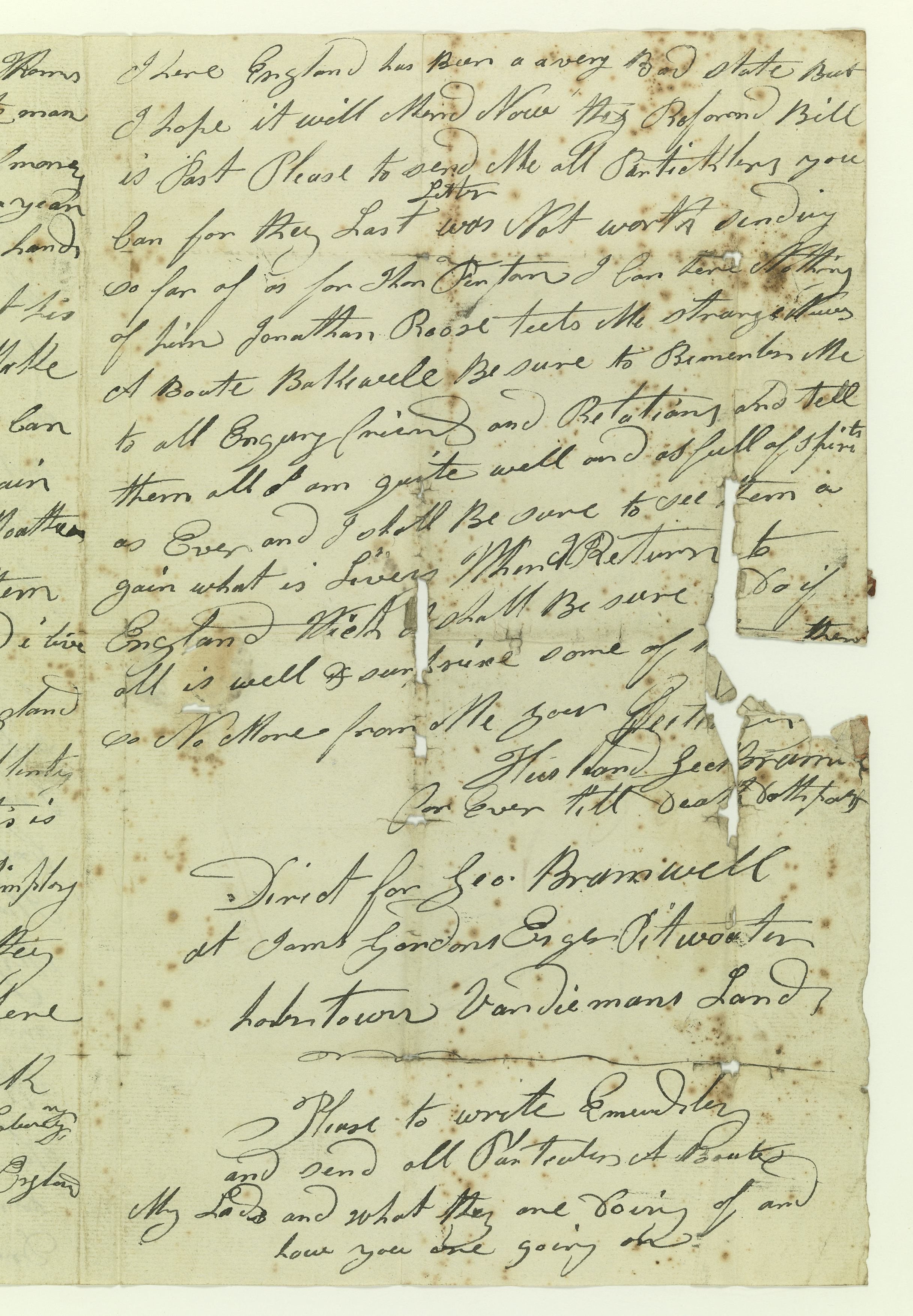


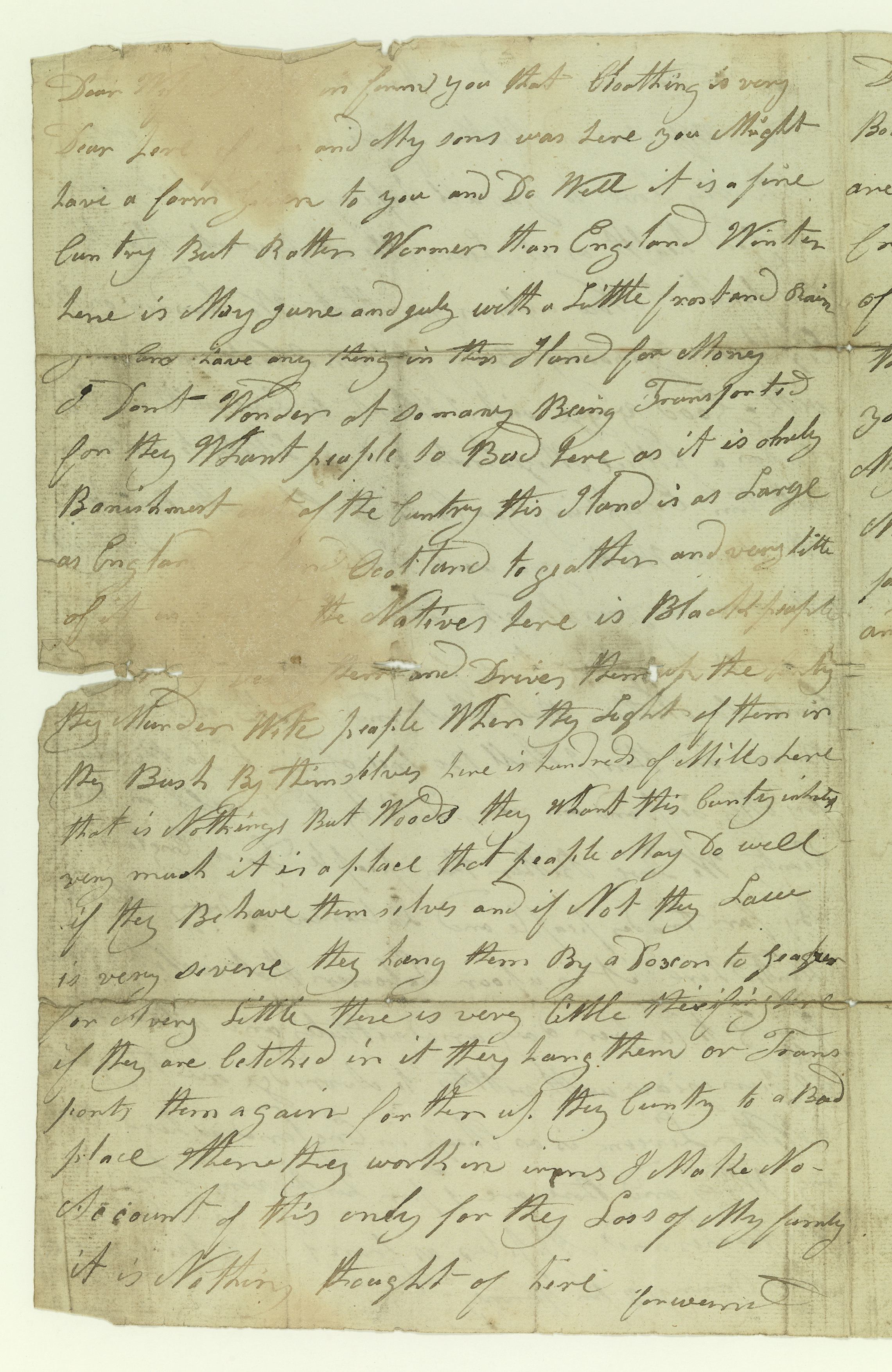
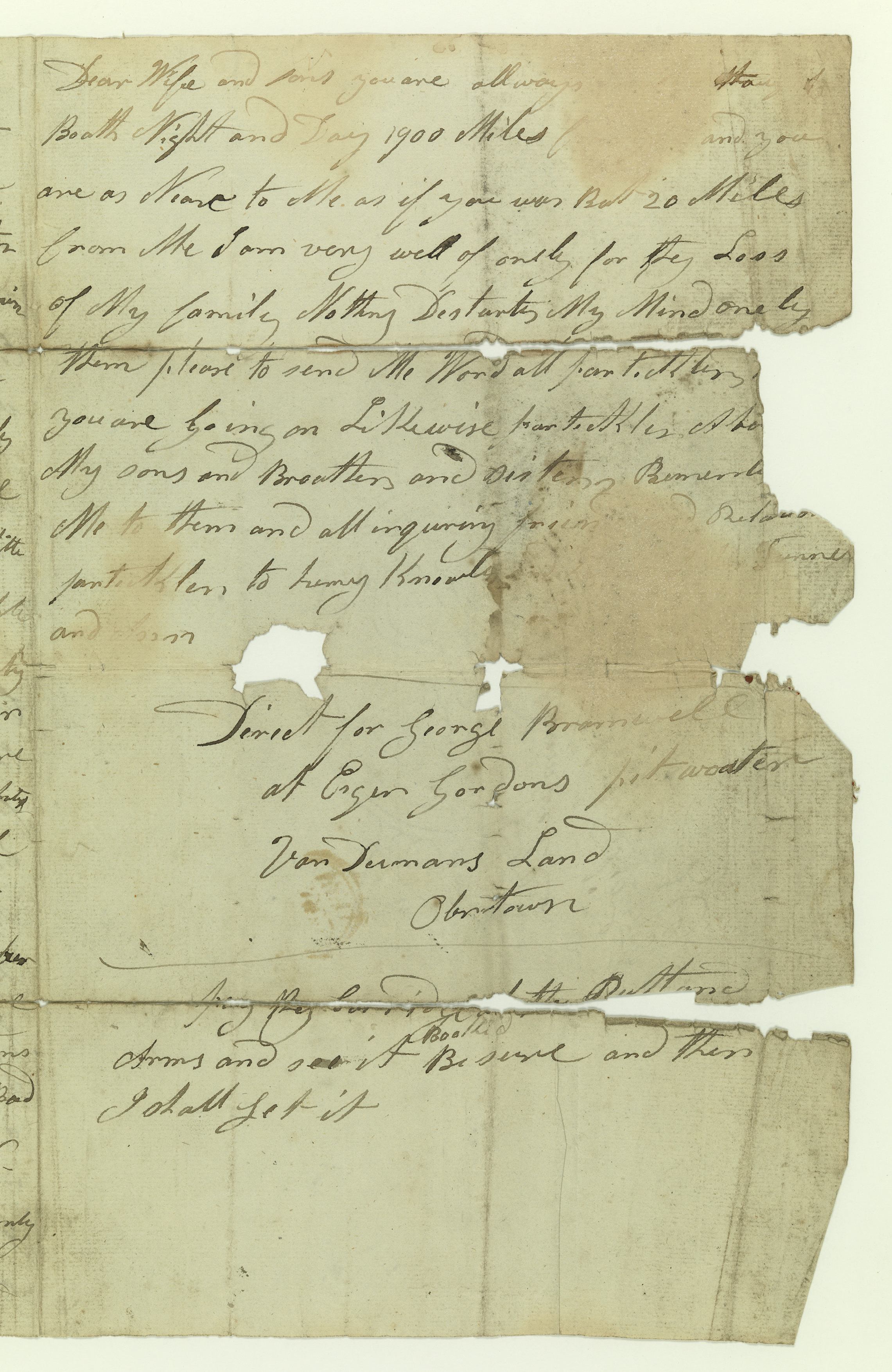


Hello, I came across this page because a relative was attached to a George Bramwell on Family Search but of course I find there are so many sources that don’t align.
The marriage of George Bramwell to widow Margaret Miller in 1840 at the age of 48 (would love to know her maiden name and place of origin if known) says she was born around 1792 on the marriage register.
However, I have a death and burial register which has a Margaret Bramwell of New Town, Tasmania died in 27 July 1869 at the age of 96 and so was born around 1773.
So would love some more information to dissect out the specific details for the different Margaret’s.
The Margaret that died in 1869 was born in Scotland.
Hi Leanne,
Thanks for posting this blog – absolutely fascinating. At present I’m writing a book about my great-great-grandfather who arrived in Hobart in 1844 on the London convict ship. I am thrilled to have copies of six letters he sent home to Wales, which are helping me enormously with writing about his life in VDL. He refers to letters his parents wrote that he didn’t receive. I am wondering if there are any convict letters floating around archives to find their right homes, several generations or so late?
Hi Janine,
Even though we have described and indexed many our fascinating collections, I am sure we shall still find as yet undiscovered treasures such as more old convict letters!
Hi Leanne,
Very interesting !
Just wondering why you have these letters, shouldn’t they be in England if he sent them to his wife?
Thank you!
So glad that you enjoyed the blog, Camille! Leanne says, “The letters were returned by the sons as proof to the authorities that they had some claim to the estate of their late father. The letters were provided as a means of providing evidence that they were still alive and that their father had maintained a relationship with them and that he still had a wife in England even though he re-married. They were the original letters – after all there was no photocopier, fax or email!”
Thank you for digitising and making these available as there is so much of interest in these letters. Regarding the comment that ‘George must have been mistaken in his destination …’ when he says he is going to NSW – VDL was considered part of NSW at that time (just as Tasmania is part of Australia now) , so he was quite correct.
There is a similar letter to his parents written by Henry Tingley – Tried at Sussex Assizes 26 July 1834 – NP Newick, East Sussex – Arrived VDL 3.3.1835 on Waterloo (1) that has been printed in “Select Documents in Australian History” – Section on Transportation – Page 131-132 and reprinted in App. to Report of Select Committee on Transportation, pp. 354-5. P.P. 1837, XIX, 517. Henry Tingley married my ggrandfather’s sister and I have a transcription of the full letter. I’ve often wondered whether his parents ever received the letter, but the letters above indicate that mail did reach its destination ‘both ends’!
Hi Lorraine, VDL officially separated from New South Wales on the 14th of June, 1825 – Just a few years before George penned these letters. You are right, it is very interesting to find these letters traveled so far using the postal system of the day, considering they were so small and that they were sent all the way back again!